I love Lisbon. Two hours flying time from London to arrive in a city of sun and golden beaches. Seeped in history it boasts fabulous food, friendly people and good shopping. And your Euro goes further here than in other European cities! By Fenella Brown
This trip had an added bonus – a visit to Obidos – a delightful walled city dating back to medieval times. Obidos is about an hour away from Portugal’s capital, and is the gateway to Rocha pear country.
Lisbon
Portela airport is a 10 minute drive to downtown Lisbon. After checking in at our hotel, located in the district that hosted ‘Expo 98’ – known as the ‘Parque da Nacoes’ – and with time to kill before dinner, we took a ride on the cable car that tracks the Tagas River. At the end of the eight minute journey along the waterfront, passing by the iconic Vasco de Gama Bridge, we enjoyed our first proper taste of Portugal – a glass of cold, crisp vino verde.
Next stop, dinner at Mercado da Ribeira (Market by the River) conveniently located opposite Cais do Sodre train station. Built in the late 1900s, in the Moorish style, the indoor market is now home to ‘Timeout’s Food Hall’ – a gastronomic arena consisting of wine shops, cider stalls and an array of places to eat.
We joined about 20 people for a ‘cook your own supper’ class. Our delicious and perfectly prepared meal (produced with guidance from our highly entertaining chef, Rodrigo Meneses) consisted of lightly braised fennel with walnut, goat’s cheese and Rocha (meaning rock) pear. Our main course was pan fried pork with garlic and, again, Rocha pear – served with crushed potatoes and spinach. A selection of delicious white wine accompanied the cooking and eating processes. Lamb and apricots; gammon and pineapple are fruits that have been tried and are trusted accompaniments to meat, but I’d not thought of putting pear with savoury foods – it works surprisingly well.
 For our second night in Lisbon we moved to the district of Alfama – the old part of town where narrow streets lead to Saint George’s Castle. Here we spent a night in luxury at Santiago de Alfama a five star boutique hotel that opened its doors in July 2015. Originally built in the 15th century the ‘Palacio dos Castros´ has been given a new lease of life – its interiors an exquisite mix of contemporary and traditional fixtures and furnishings. It’s truly boutique with just six suites, thirteen bedrooms and a Beauty Bar. Excellent cocktails at reasonable prices are served in the bar and restaurant area – again with an interesting mix of antiques, plush velvet furniture and walls hung with a collection of interesting modern art works.
For our second night in Lisbon we moved to the district of Alfama – the old part of town where narrow streets lead to Saint George’s Castle. Here we spent a night in luxury at Santiago de Alfama a five star boutique hotel that opened its doors in July 2015. Originally built in the 15th century the ‘Palacio dos Castros´ has been given a new lease of life – its interiors an exquisite mix of contemporary and traditional fixtures and furnishings. It’s truly boutique with just six suites, thirteen bedrooms and a Beauty Bar. Excellent cocktails at reasonable prices are served in the bar and restaurant area – again with an interesting mix of antiques, plush velvet furniture and walls hung with a collection of interesting modern art works.
That evening we chose to eat at Mini Bar one of Jose Avillez five restaurants in the city. Avillez is considered to be one of Portugal’s finest chefs – known for his creativity. Another of his restaurants, Belcanto – also in Lisbon, has been awarded two Michelin stars and elected one of the top 100 restaurants in the world! Minibar is actually in the São Luiz Theatre – so a theatrical theme runs through the dining experience. We opted for one of the two taster menus ‘Now On’. Priced at 39 euros per person for six mini courses (called Acts) – which included Algarve prawn ceviche, mini burgers, seared tuna and frozen Caipirinhas (solid little balls of joy served on spoons) all delightfully presented and delicious.
I was determined to ride the tram on this visit. Lisbon is a very hilly city, so traveling by tram was a bit like being on a ‘low thrill level’ rollercoaster. It’s amazing that the trams, with their old-world charm, actually stay on the tracks. I presume that accidents don’t happen though, otherwise tickets would carry a ‘passengers travel at their own risk’ message printed on the back.
Obidos
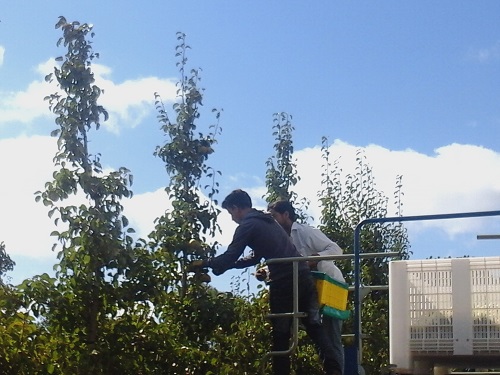 Oh what a beautiful pear! The cooking session was our introduction to the Rocha pear – and we were about to get to know this tasty ‘rock’ much better over the course of the next day or so. We visited an orchard to see how they were picked and a factory where they’re packaged for the UK market. One of the benefits of the Rocha pear, over its sisters, is its firmness. It can be eaten immediately after harvesting (late July) and will ripen over the next week or so – becoming softer and sweeter. It’s a versatile fruit and we sampled a range of products including pear jam and a variety of delicious pastries. Rocha pear is a prime industry in the areas around Obidos employing a high percentage of the population in the picking and packing process.
Oh what a beautiful pear! The cooking session was our introduction to the Rocha pear – and we were about to get to know this tasty ‘rock’ much better over the course of the next day or so. We visited an orchard to see how they were picked and a factory where they’re packaged for the UK market. One of the benefits of the Rocha pear, over its sisters, is its firmness. It can be eaten immediately after harvesting (late July) and will ripen over the next week or so – becoming softer and sweeter. It’s a versatile fruit and we sampled a range of products including pear jam and a variety of delicious pastries. Rocha pear is a prime industry in the areas around Obidos employing a high percentage of the population in the picking and packing process.
Then on to lunch – a mere three hour affair at Restaurant Dom Jose in Bombarral. A selection of traditional Portuguese food was served, including an amazingly fresh, delicious and simple squid dish and a bean strew. A selection of cheeses served with rolls (cooked with pieces of pear) and a smorgasbord of deserts – including a pear crumble with chocolate sauce – which I liked most from the pudding choices. The accompanying wines were spectacular – Aragonez (2010) a delicious red – the same grape as Spain’s Tempranillo and Catarina Branco (2014) an amazing white.
We spent the night at Estalagem do Convento – originally built as a convent – dating back to 1830 – now a hotel that retains much of its original charm. I loved the tiled floors, wrought iron beds, antique furniture and wooden ceilings. The hotel has a bar and its restaurant is located in the old library with long trestle tables and a huge open fireplace.
After drinks and dinner we were treated to an evening of Fado, a collection of popular Portuguese folk songs telling a sad love story, accompanied by mandolins and guitars. Óbidos has a magnificent castle – just a five minute walk from the Estalagem – so before breakfast the next morning we walked along the ancient city wall – taking in the view from various look out points – and up to the castle at the top of steep cobbled streets lined with selection of gift shops and eateries. You can travel to Obidos via train – the town’s railway station is one mile away. The Atlantic Praya Del Rey Beach is a 25-minute drive away.
Portugal is a beautiful country with much more to offer than the beautiful beaches and crystal blue water of the Algarve – it’s worth taken the time to travel off the beaten track to avoid some of the tourists and discover its many other charms.




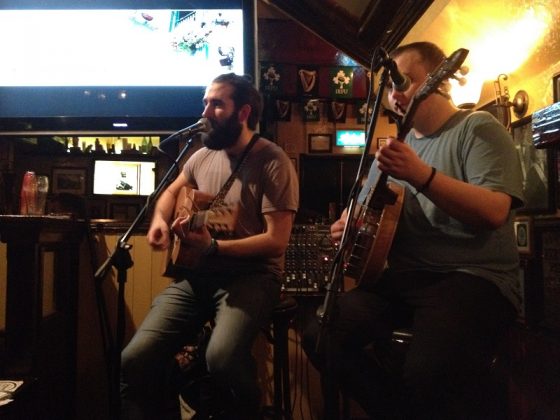



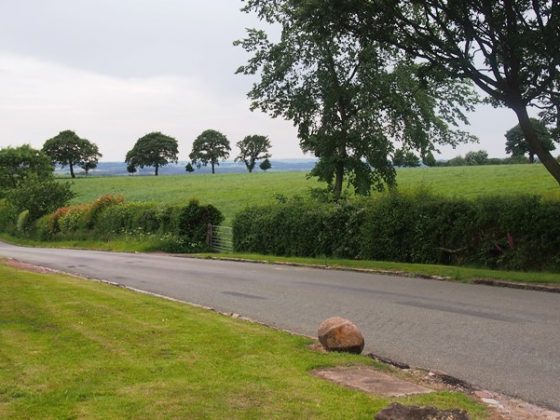
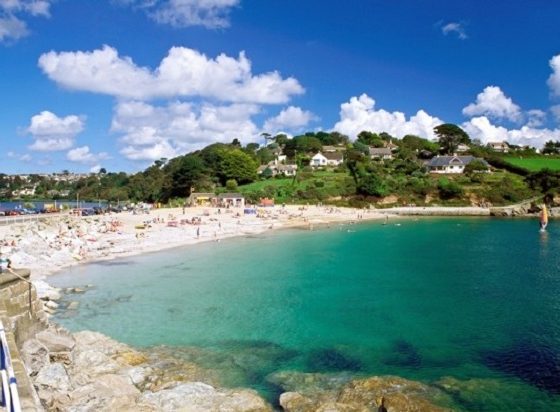

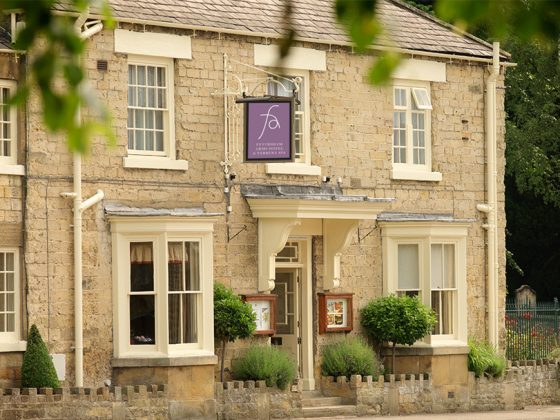
1 comment
That was a great article. I often wodrneed how ex-pats handled holidays. We’re not ex-pats, but we do live a good distance from family and used to take turns with holidays visiting one or the other. But years have passed and times have changed and we rarely do the holidays away from home anymore.The terrible friend visitors would be a nightmare and so utterly frustrating. I would be so beyond ticked off.Thanks for sharing your Christmas holidays and article. I enjoyed it very much.